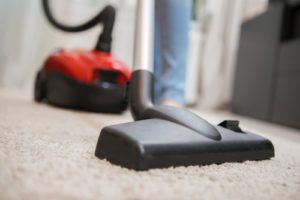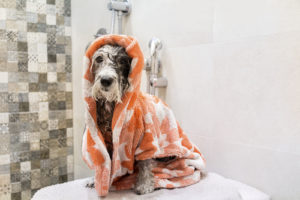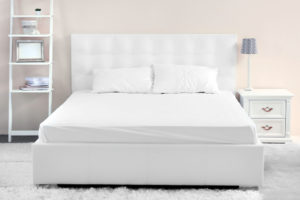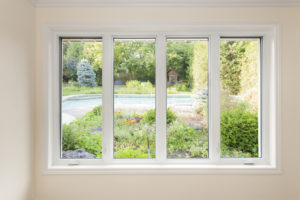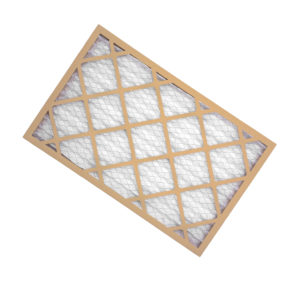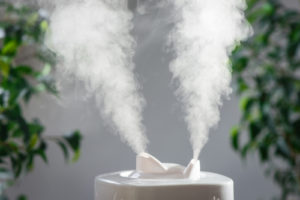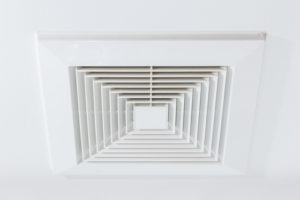Southern Californian’s who don’t have allergies welcome springtime with open arms and enjoy the wonderful scent of flowers blooming, trees returning to healthy shades of green and watching their dormant yards return to life with an explosion of color. They also look forward to summers filled with backyard BBQs and magical outdoor events under the stars, but it’s a whole different story for allergy sufferers and those that suffer from poor air quality.
Many residents suffer from allergies related to pollen and aren’t able to enjoy the beauty of new life or partake in the warm weather festivities that spring and summer have to offer. The first few months of spring are miserable and the sneezing, itchy eyes and constant nasal congestion last well into the summer months. Outdoor pollen is an allergy sufferer’s worst nightmare and medication might lessen the burden, but most allergy sufferers just retreat to the comfort and safety of staying inside their homes.
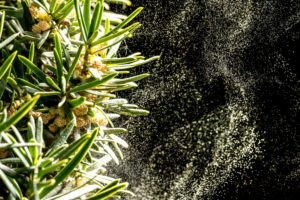
The logic behind keeping the bad air out and the good air in makes complete sense, but only if the air inside is better than the air outside. Unfortunately for allergy sufferers, recent Southern California studies show that for the majority of residents, there is very little difference between the quality of air inside and outside your home, but there are steps residents can take to make their homes safer from seasonal allergies, rid their homes of seasonal pollen deposits and to improve their indoor air quality significantly.
Everyone should have a safe haven from constant sneezing attacks, runny noses, nasal congestion and itchy watery eyes and we hope some of our inside air rejuvenation ideas brings some well deserved relief to allergy sufferers throughout the South.
7 Tips to Improve Indoor Air Quality
1. Vacuum & Dust Consistently & Frequently
Vacuuming and dusting might sound obvious, but history’s proven one thing it’s that “the obvious” is so obvious that it often gets overlooked. That said, dusting and vacuuming frequently is a critical part in keeping allergens in check! With our spring and summer weather being relatively mild, we tend to leave windows and doors open more frequently than other parts of the country which allows pollen and other allergens to enter our homes and our air. Dusting frequently keeps the pollen from accumulating and vacuuming routinely doesn’t allow pollen to become embedded in your floor coverings. If you suffer extreme allergic reactions to pollen then using a hypo-allergenic vacuum with extra strong high filtration bags can pay big dividends. They’ll pick up more dirt and allergens than most regular vacuums and the high filtration bags won’t leak allergens back into the air.
2. Grooming, Bathing and Cleaning Your Pets Consistently & Frequently
Pets are frequently responsible for bringing high levels of allergens into the home as well as into direct contact with their owners, especially if they’re allowed outside on a regular basis.
If keeping your pets inside is not an option, the next best solution is to brush, clean and bath them as frequently as possible. Pollen sticks and hides in their coats and your pets unknowingly spread dander and pollen throughout your home causing extreme rashes and irritation for anyone suffering from allergies.
3. Wash, Clean & Disinfect Bedding Consistently & Frequently
There’s no sure fire cure to completely avoid or eliminate allergens entirely, but they’re especially bothersome when they start affecting your sleep. Pollen settles on everything, including sheets and pillows, so it’s a wise idea to purchase allergen impermeable pillowcases to use specifically during the pollen season. It’s also important to wash all of your bedding materials at least once a week to get rid of pollen that’s been introduced inadvertently.
4. Keep Windows Closed
Just like #1 above, it should be obvious to allergy sufferers to keep their windows closed as much as possible during allergy season or days when the pollen count is high. The more outside air entering your home is directly proportionate to the level of misery that allergy suffers face. No matter how nice it looks outside, if you’re sensitive to pollen then it’s best to enjoy the view with the windows closed.
5. Install an Upgraded HVAC Air Filter
Standard air filters eliminate 5-7% of the pollen, dust and allergens that pass them. Upgrading doesn’t cost a fortune and the greatly reduced amounts of pollen and allergens being circulated throughout your home will be greatly reduced.
6. Install a Humidifier & Humidity Controller in Your Home
Most people wouldn’t think of a humidifier as an effective weapon against pollutants in your home, but they’d be wrong. Humidifiers work extremely well in eliminating allergens in your home and are available in all shapes, sizes and price ranges so there’s something for everyone.
Small one room humidifiers work well for an acute sufferer, but you can also install Whole House Humidifiers to significantly improve the air quality of your entire home by keeping dry pollen out and the right amount of moisture in.
7. Cleaning, Inspecting and Maintaining Your Duct Work
Your home’s duct-work is a very serious subject and shouldn’t be taken lightly or for granted. Your duct-work is as important to your home as our circulation systems are to our bodies. It disperses air throughout your home whether it’s on or not, but the air dispersal is maximized when either hot or cold air is forced to pass through it.
If your ducts are leaking or haven’t been cleaned or maintained properly, you’re essentially forcing your entire household to breathe all sorts of nasty allergens and dust. Keeping your duct work clean, inspected and maintained is a responsible, safe and inexpensive way of making sure that the air passing through your duct work is delivering what it’s supposed to without picking up any unwanted and unclean allergens along the way!


